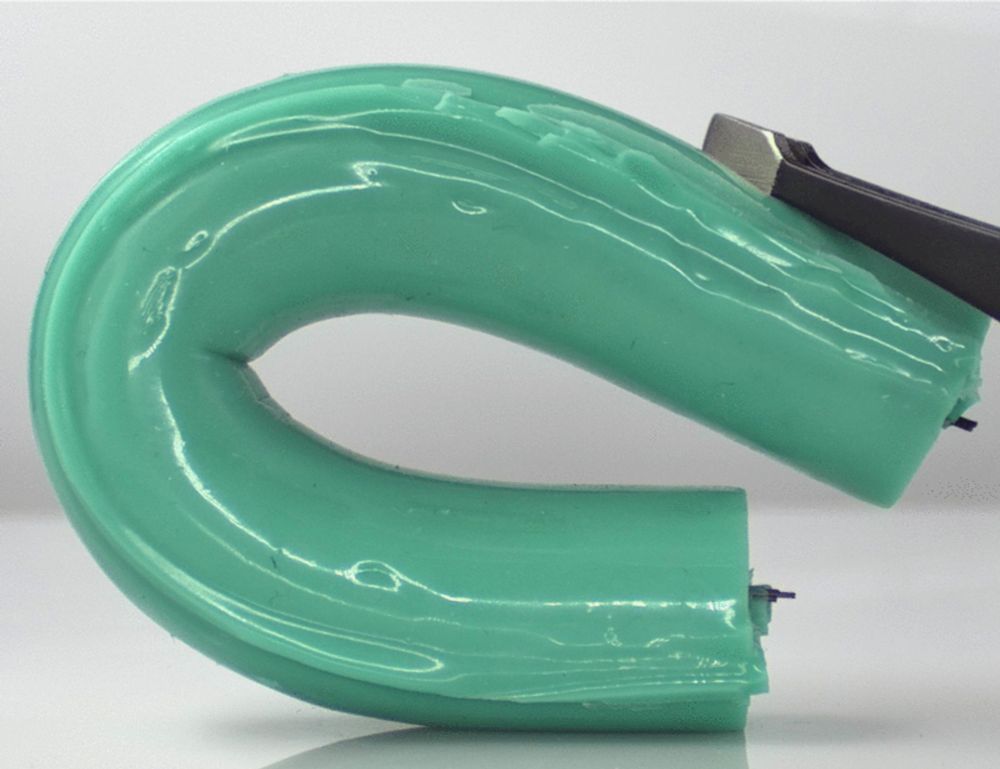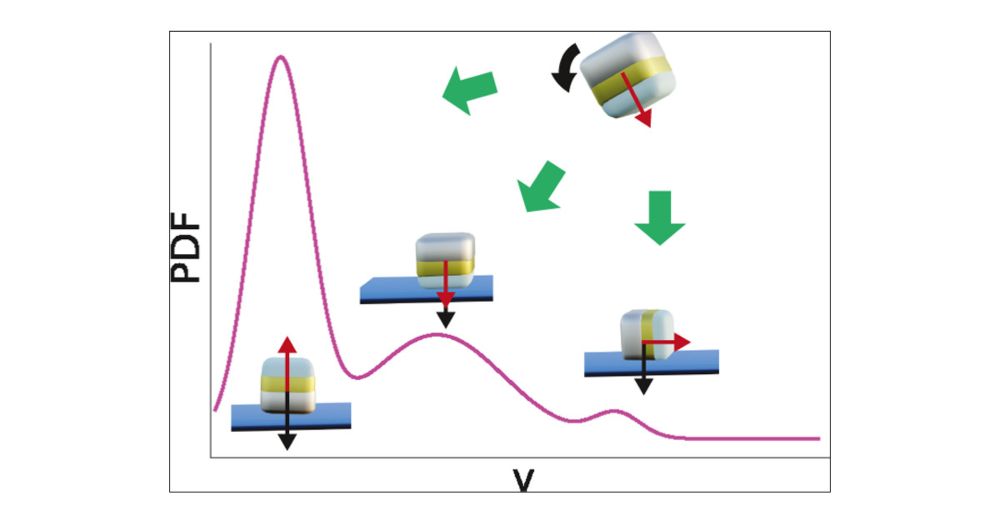doi.org/10.1073/pnas...

doi.org/10.1073/pnas...
3-year funding, $65K+ benefits. GT (Atlanta) now → CU Boulder BioFrontiers Institute in Fall ’26.
PDF/details in next post. Tag/share if someone comes to mind. 🧪🪲🪳#livingphysics

3-year funding, $65K+ benefits. GT (Atlanta) now → CU Boulder BioFrontiers Institute in Fall ’26.
PDF/details in next post. Tag/share if someone comes to mind. 🧪🪲🪳#livingphysics


🧵:
Work co-led by @chemicalsunnyraj.bsky.social , @itiwari93.bsky.social and Victor Ortega-Jimenez with many other colleagues

🧵:
Work co-led by @chemicalsunnyraj.bsky.social , @itiwari93.bsky.social and Victor Ortega-Jimenez with many other colleagues
In this work out on @lancetrh-americ.bsky.social we have used modelling to assess the impact of the intervention
www.thelancet.com/journals/lan...

In this work out on @lancetrh-americ.bsky.social we have used modelling to assess the impact of the intervention
www.thelancet.com/journals/lan...
🧵:
Work led by Victor Ortega-Jimenez, with Pankaj and Ben from the Bhamla Lab
🧵:
Work led by Victor Ortega-Jimenez, with Pankaj and Ben from the Bhamla Lab




Our pre-print is finally out
www.medrxiv.org/content/10.1...
Check out the thread by @esthervk.bsky.social below👇


Our pre-print is finally out
www.medrxiv.org/content/10.1...
Check out the thread by @esthervk.bsky.social below👇
www.nature.com/articles/s41...
Thx to Andreas, Hammad, Dmitry, Gerhard @laynefrechette.bsky.social and everybody else who contributed!
www.nature.com/articles/s41...
Thx to Andreas, Hammad, Dmitry, Gerhard @laynefrechette.bsky.social and everybody else who contributed!


